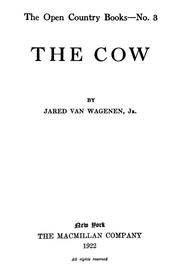Monday, 10 June 2013
Thursday, 6 June 2013
History Of The Sacred Cows
History of the "Sacred" Cow
In ancient India, oxen and bulls were sacrificed to the gods and their meat was eaten. But even then the slaughter of milk-producing cows was prohibited. Verses of the Rigveda refer to the cow as Devi (goddess), identified with Aditi (mother of the gods) herself.
Even when meat-eating was permitted, the ancient Vedic scriptures encouraged vegetarianism. One scripture says, "There is no sin in eating meat... but abstention brings great rewards." (The Laws of Manu, V/56)
Later, in the spiritually fertile period that produced Jainism and Buddhism, Hindus stopped eating beef. This was mostly like for practical reasons as well as spiritual. It was expensive to slaughter an animal for religious rituals or for a guest, and the cow provided an abundance of important products, including milk, browned butter for lamps, and fuel from dried dung.
Some scholars believe the tradition came to Hinduism through the influence of strictly vegetarian Jainism. But the cow continued to be especially revered and protected among the animals of India.
By the early centuries AD, the cow was designated as the appropriate gift to the brahmans (high-caste priests) and it was soon said that to kill a cow is equal to killing a brahman. The importance of the pastoral element in the Krishna stories, particularly from the 10th century onward, further reinforced the sanctity of the cow.
Cow-Related Practices
The cow remains a protected animal in Hinduism today and Hindus do not eat beef. Most rural Indian families have at least one dairy cow, a gentle spirit who is often treated as a member of the family.
The five products (pancagavya) of the cow — milk, curds, ghee butter, urine and dung — are all used in puja (worship) as well as in rites of extreme penance. The milk of the family cow nourishes children as they grow up, and cow dung (gobar) is a major source of energy for households throughout India. Cow dung is sometimes among the materials used for a tilak - a ritual mark on the forehead. Most Indians do not share the western revulsion at cow excrement, but instead consider it an earthy and useful natural product.
Despite their sacred status, cows don't seem very appreciated in India. Visitors are often surprised to see them walking neglected around city streets, living on garbage from the gutters. But the cow is honored at least once a year, on Gopastami. On this "Cow Holiday," cows are washed and decorated in the temple and given offerings in the hope that her gifts of life will continue.
Cow Protection By Mahatma Gandhi
Cow Protection
|
Place Of The Cow
THE COW is a poem of pity. One reads pity in the gentle animal. She is the mother to millions of Indian mankind. Protection of the cow means protection of the whole dumb creation of God. The ancient seer, whoever he was, began with the cow. The appeal of the lower order of creation is all the more forcible because it is speechless. (YI, 6-10-1921, p. 36)
…The cow is the purest type of sub-human life. She pleads before us on behalf of the whole of the sub-human species for justice to it at the hands of man, the first among all that lives. She seems to speak to us through her eyes: 'you are not appointed over us to kill us and eat our flesh or otherwise ill-treat us, but to be our friend and guardian'. (YI, 26-6-1924, p. 214)
I worship it and I shall defend its worship against the whole world. (YI, 1-1-1925, p. 8)
Mother cow is in many ways better than the mother who gave us birth. Our mother gives us milk for a couple of years and then expects us to serve her when we grow up. Mother cow expects from us nothing but grass and grain. Our mother often falls ill and expects service from us. Mother cow rarely falls ill. Here is an unbroken record of service which does not end with her death. Our mother, when she dies, means expenses of burial or cremation. Mother cow is as useful dead as when she is alive. We can make use of every part of her body-her flesh, her bones, her intestines, her horns and her skin. Well, I say this not to disparage the mother who gives us birth, but in order to show you the substantial reasons for my worshipping the cow. (H, 15-9-1940, p. 281)
|
The Cow In Hinduism
The central fact of Hinduism is cow protection. Cow protection to me is one of the most wonderful phenomena in human evolution. It takes the human being beyond this species. The cow to me means the entire sub-human world. Man through the cow is enjoined to realize his identity with all that lives. Why the cow was selected for apotheosis is obvious to me. The cow was in India the best companion. She was the giver of plenty. Not only did she give milk, but she also made agriculture possible….....
Cow protection is the gift of Hinduism to the world. And Hinduism will live so ling as there are Hindus to protect the cow…… Hindus will be judged not by their TILAKS, not by the correct chanting of MANTRAS, not by their pilgrimages, not by their most punctilious observances of caste rules, but their ability to protect the cow. (YI, 6-10-1921, p. 36)
|
Cow-Slaughter
I would not kill a human being for protection a cow, as I will not kill a cow for saving a human life, be it ever so precious. (YI, 18-5-1921, p. 156)
My religion teaches me that I should by personal conduct instill into the minds of those who might hold different views, the conviction that cow-killing is a sin and that, therefore, it ought to be abandoned.
(YI, 29-1-1925, p. 38)
Cow slaughter can never be stopped by law. Knowledge, education, and the spirit of kindliness towards her alone can put and end to it. It will not be possible to save those animals that are a burden on the land or, perhaps, even man if he is a burden. (H, 15-9-1946, p. 310)
My ambition is no less than to see the principle of cow protection established throughout the world. But that requires that I should set my own house thoroughly in order first. (YI, 29-1-1925, p. 38)
Cow protection to me is not mere protection of the cow. It means protection of that lives and is helpless and weak in the world. (YI, 7-5-1925, p. 160)
But lit me reiterate….that legislative prohibition is the smallest part of any programme of cow protection. …People seem to think that, when a law is passed against any evil, it will die without any further effort. There never was a grosser self-deception. Legislation is intended and is effective against an ignorant or a small, evil-minded minority; but no legislation which is opposed by an intelligent and organized public opinion, or under cover of religion by a fanatical minority, can ever succeed. The more I study the question of cow protection, the stronger the conviction grows upon me that protection of the cow and her progeny can be attained only if there is continuous and sustained constructive effort along the lines suggested by me. (YI, 7-7-1927, p. 219)
|
Goseva
Preservation of cattle is a vital part of GOSEVA. It is a vital question for India . . . There is urgent need for deep study and the spirit of sacrifice. To amass money and dole out charity does not connote real business capacity. To know how to preserve cattle, to impart this knowledge to the millions, to live up to the ideal oneself, and to spend money on this endeavor is real business. (H, 17-2-1946, p.11)
In so far as the pure economic necessity of cow protection is concerned, it can be easily secured if the question was considered on that ground alone. In that event all t he dry cattle, the cows who give less mild than their keep, and the aged and unfit cattle would be slaughtered without a second thought. This soulless economy has no place in India, although the inhabitants of this land of paradoxes may be, indeed are, guilty of many soulless acts.
|
Positive Measures
Then, how can the cow be save without having to kill her off when she ceases to give the economic quantity of milk or when one becomes otherwise an uneconomic burden? The answer to the question can be summed up as follows:
1. By the Hindus performing their duty towards the cow and her progeny. If they did so, our cattle would be the pride of India and the world. The contrary is the case today.
2. By learning the science of cattle-breeding. Today there is perfect anarchy in this work.
3. By replacing the present cruel method of castration by the humane method practiced in the West.
4. By thorough reform of the pinjrapoles [institutions for aged cows] of India which are today, as a rule, managed ignorantly and without any plan by men who do not know their work.
5. When these primary things are done, it will be found that the Muslims will, of their own accord, recognize the necessity, if only for the sake of their Hindus brethren, of not slaughtering cattle for beef or otherwise.
The reader will observe that behind the foregoing requirements lies one thing and that is ahimsa, otherwise known as universal compassion. If that supreme thing is realized, everything else becomes easy. Where there is ahimsa, there is infinite patience, inner calm, discrimination, self-sacrifice and true knowledge. (H, 31-8-1947, p. 300)
|
Tuesday, 4 June 2013
Monday, 3 June 2013
Vidmabana
Vidambana
(Madhya Pradesh Sarkar)
Garib Admi Ke Liye Ek Rupaya Kilo Genhu
aur Gaay Ke Liye Chaar Rupaye Kilo Bhunsa.
Subscribe to:
Posts (Atom)






















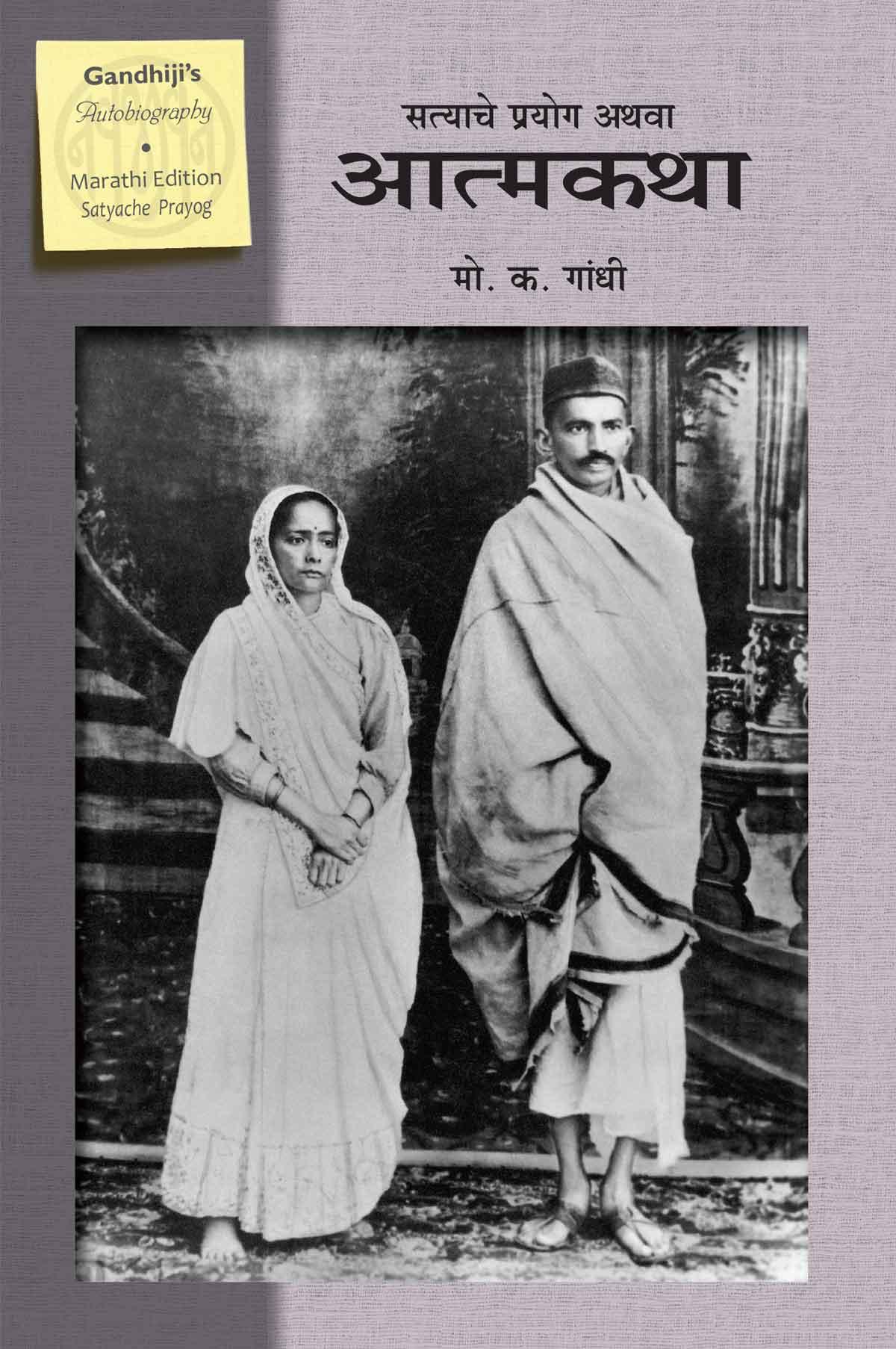


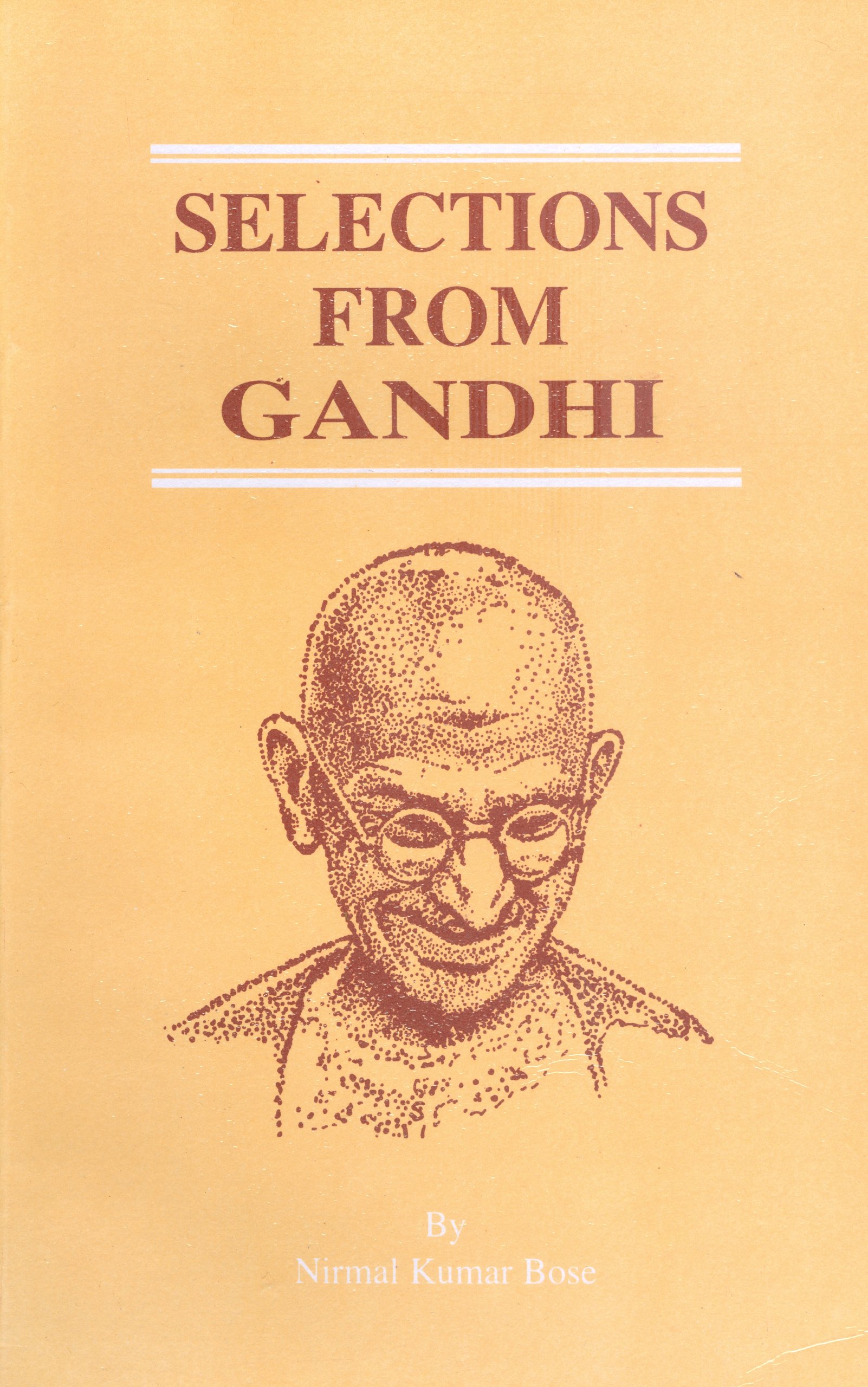




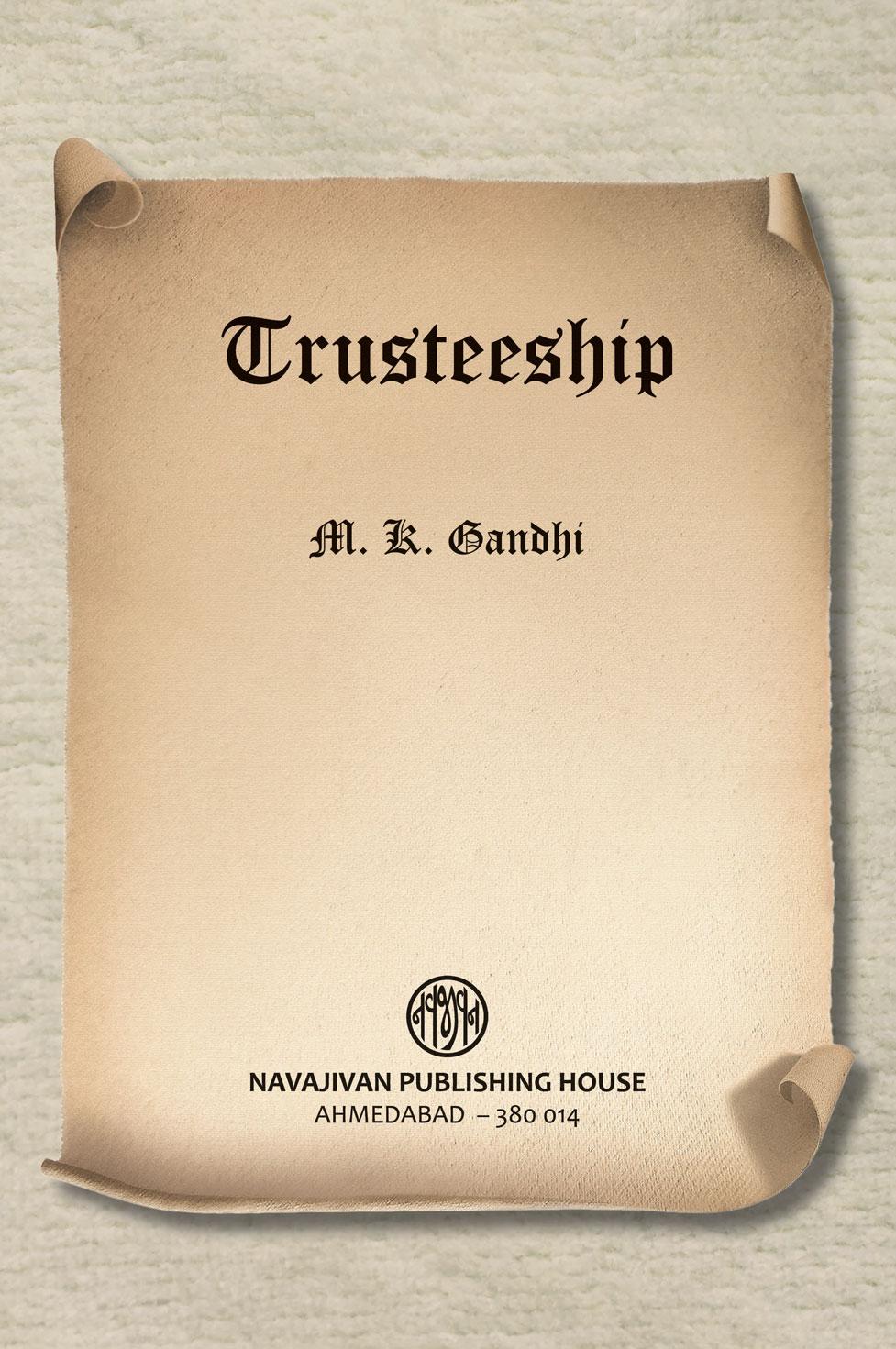

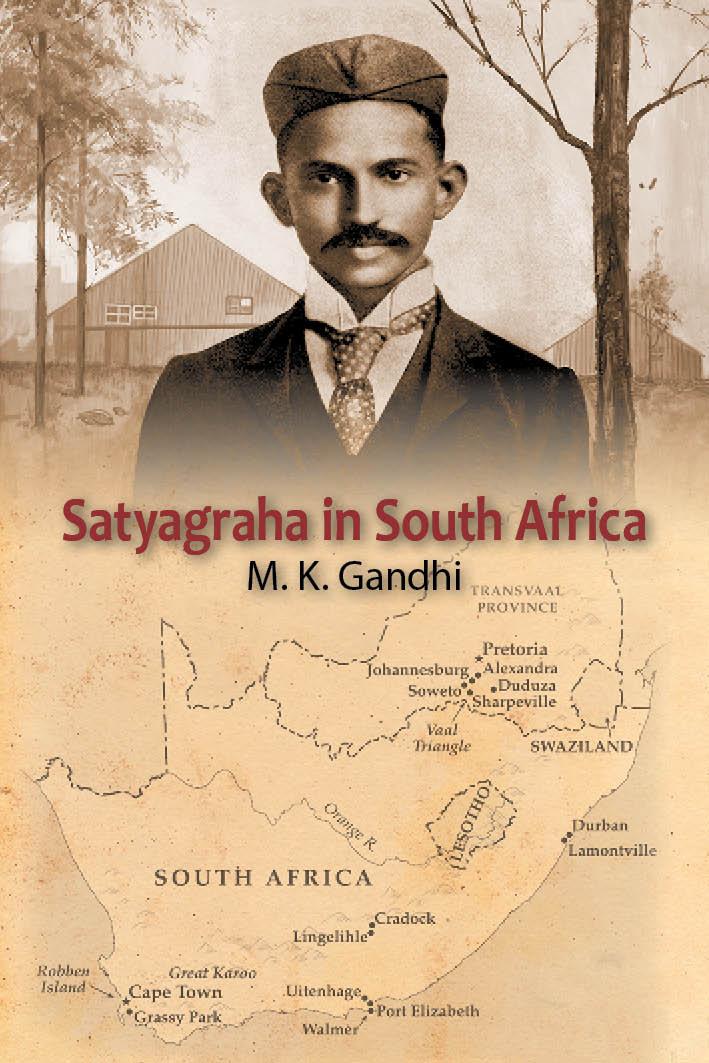 ~
~




